Case studies
Want to see how the top operators are managing their farms? This section covers case studies for budgeting, milking, environmental impacts, and animal management.
Total results 7
Total results 7
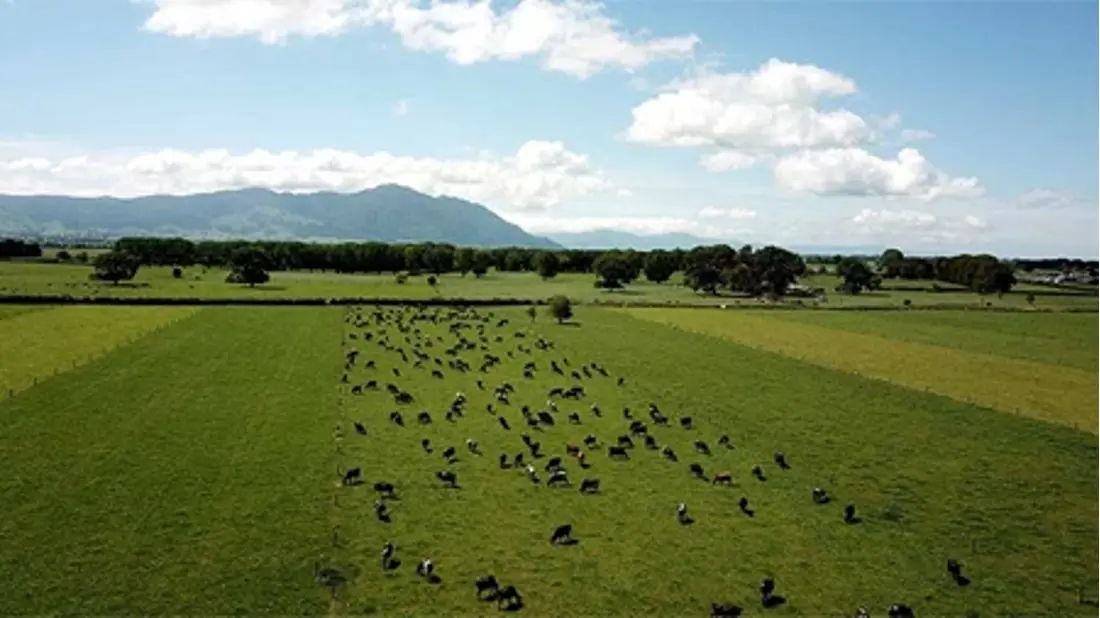
Justin and Melissa Slattery have been on their 100 ha farm at Elstow, between Tahuna and Paeroa for 6 years. Their approach to farming is to be good stewards of the environment through having simple systems that are resource efficient.
9 min read

Justin and Melissa Slattery have been on their 100 ha farm at Elstow, between Tahuna and Paeroa for 6 years. Their approach to farming is to be good stewards of the environment through having simple systems that are resource efficient.
9 min read
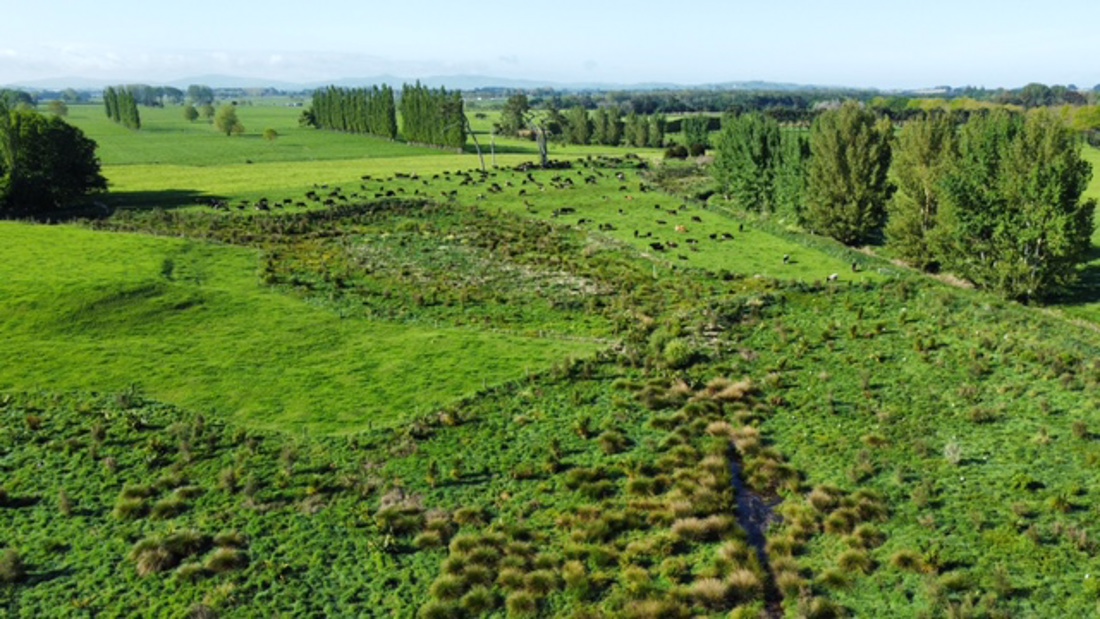
The philosophy of this Tatua supply farm business has been to grow wealth through being profitable and sustainable.
6 min read

The philosophy of this Tatua supply farm business has been to grow wealth through being profitable and sustainable.
6 min read
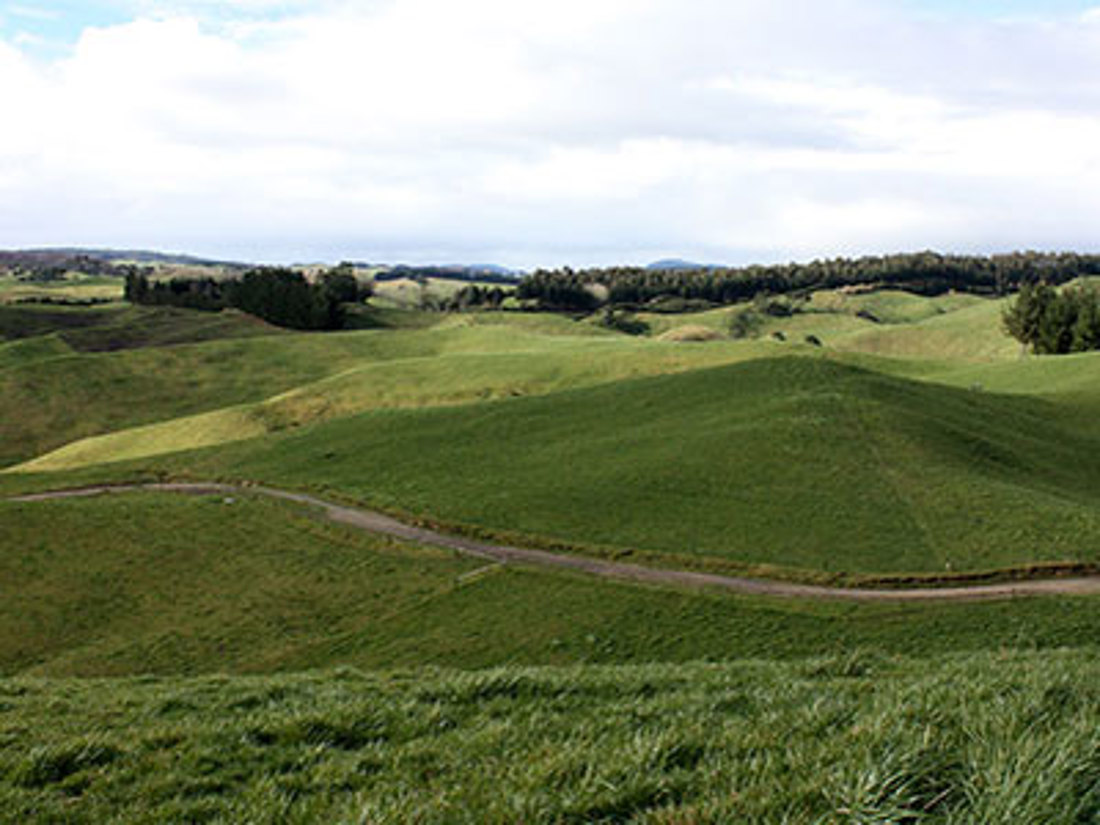
This high input, highly stocked farm, depends on effective feed monitoring, efficient effluent management and improving herd fertility for success.
16 min read

This high input, highly stocked farm, depends on effective feed monitoring, efficient effluent management and improving herd fertility for success.
16 min read
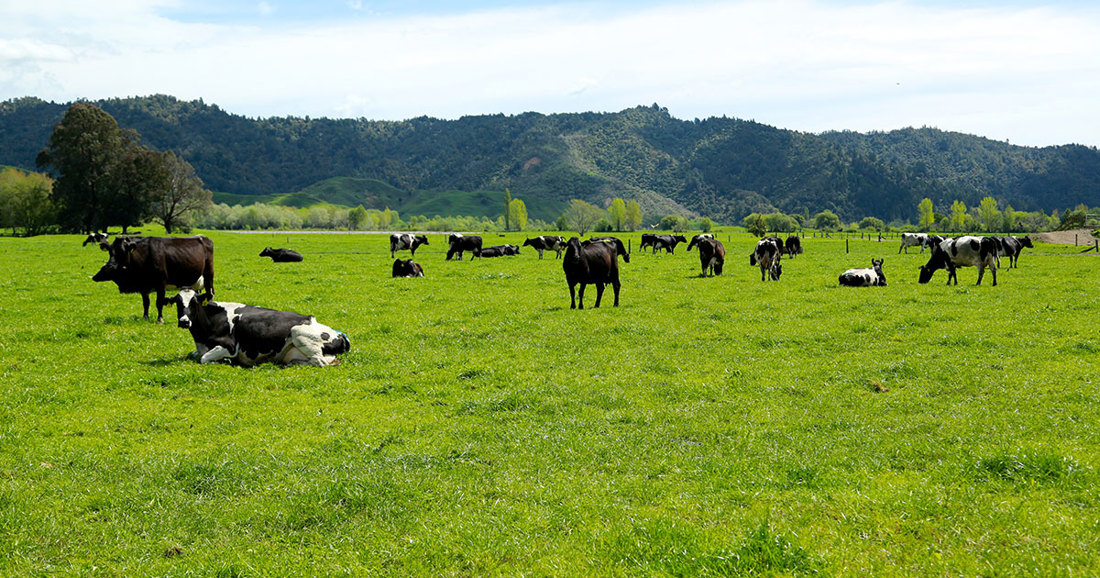
Corrie and Donna Smit own this low input farm business near Edgecumbe, milking on two similar-sized platforms with a support block providing the majority of winter and young stock grazing.
19 min read

Corrie and Donna Smit own this low input farm business near Edgecumbe, milking on two similar-sized platforms with a support block providing the majority of winter and young stock grazing.
19 min read
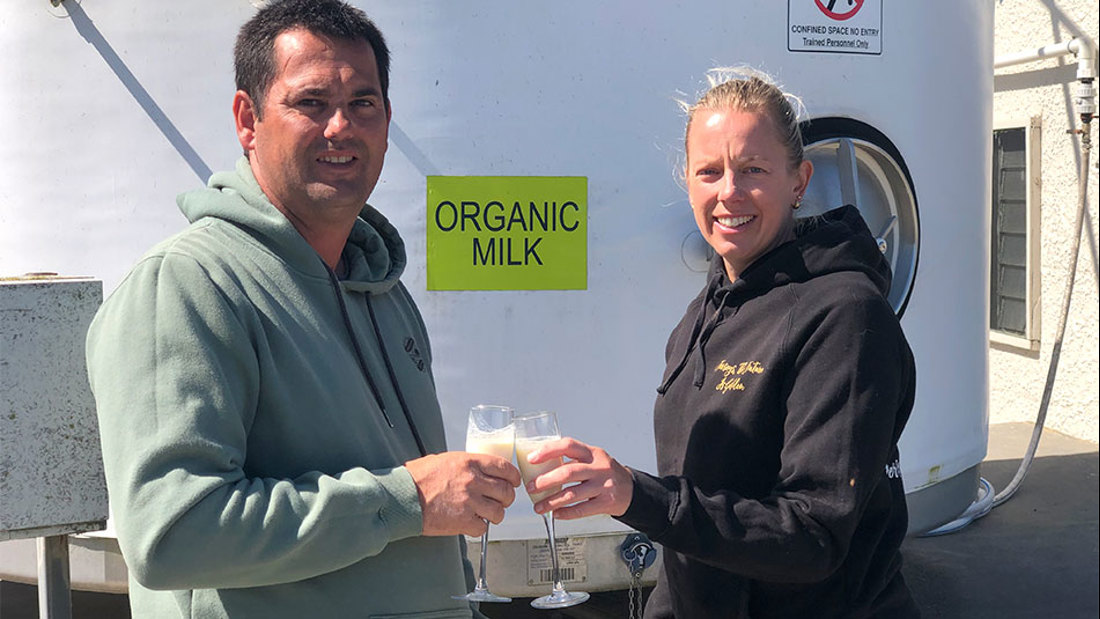
Rachel and Kenneth Shorts' self-contained, very low input, organic, coastal Taranaki farm is embracing regenerative pasture management practices.
24 min read

Rachel and Kenneth Shorts' self-contained, very low input, organic, coastal Taranaki farm is embracing regenerative pasture management practices.
24 min read
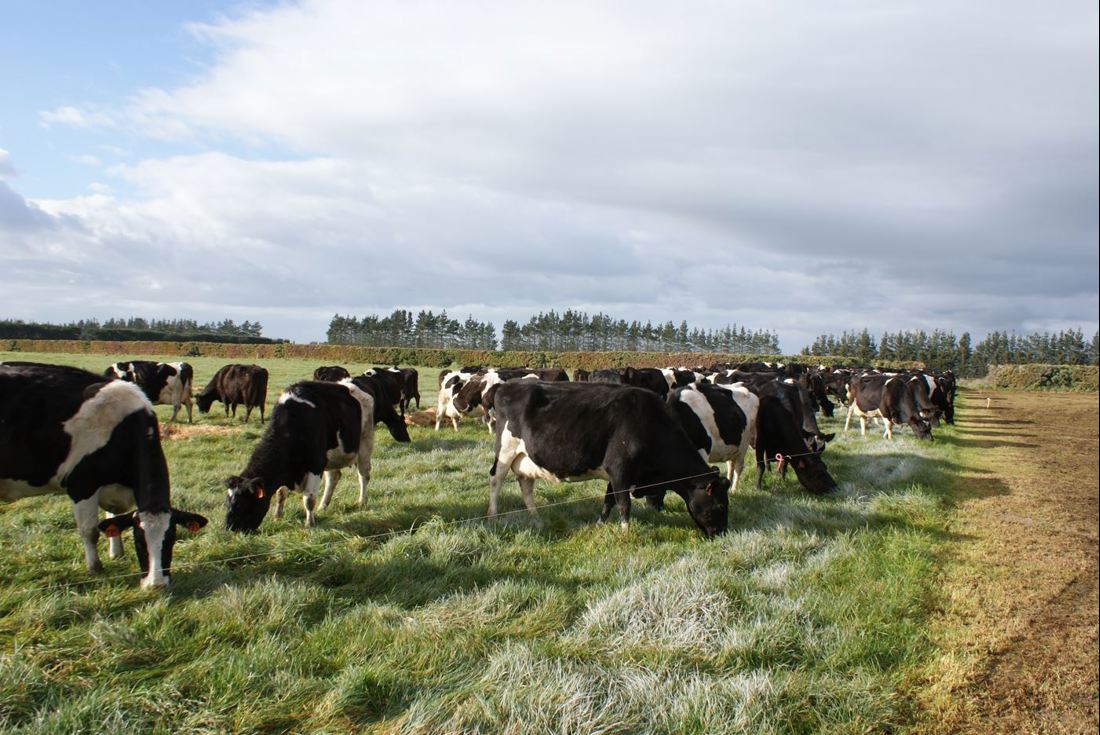
Camden Dairy Farm is in Bankside, 9km from Dunsandel. The farm is part of the Camden group whose stakeholders strive to operate a profitable, sustainable, and resilient business.
15 min read

Camden Dairy Farm is in Bankside, 9km from Dunsandel. The farm is part of the Camden group whose stakeholders strive to operate a profitable, sustainable, and resilient business.
15 min read
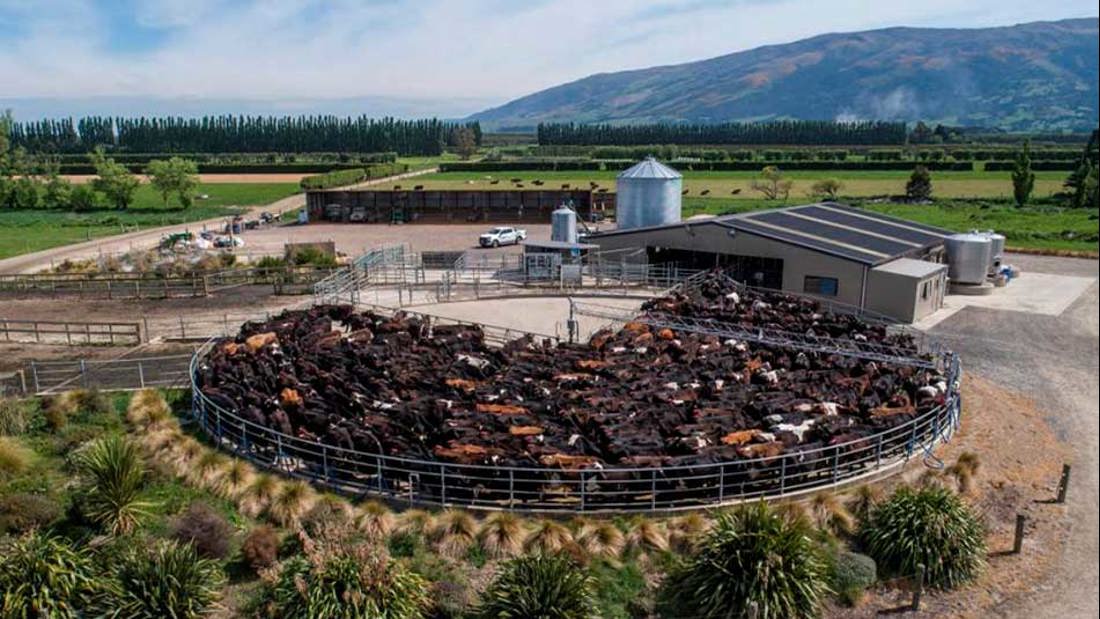
Huntly Road Dairies Ltd, an equity Partnership operated by Duncan & Anne-Marie Wells is a high-performing farm, with strong governance and supported by attention to detail, both on the farm and in the office.
12 min read

Huntly Road Dairies Ltd, an equity Partnership operated by Duncan & Anne-Marie Wells is a high-performing farm, with strong governance and supported by attention to detail, both on the farm and in the office.
12 min read
Now’s the perfect time to check in, plan, and set up for a strong season. We’ve pulled together smart tips and tools to help you stay ahead all winter long.
Whether you prefer to read, listen, or download handy guides, we’ve got you covered with trusted tools to support your journey every step of the way.
Put our proven strategies and seasonal tools to work. Boost production, support animal health and watch your profits hum.
Tools that are backed by science, shaped by farmers and made for this season.
That’s Summer Smarts.